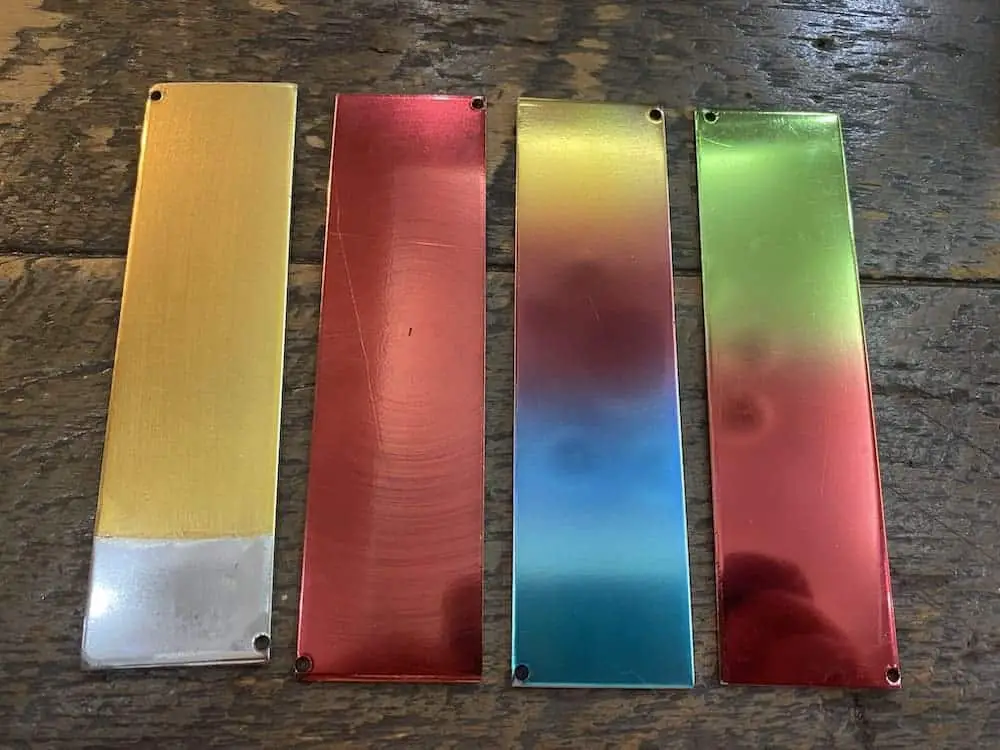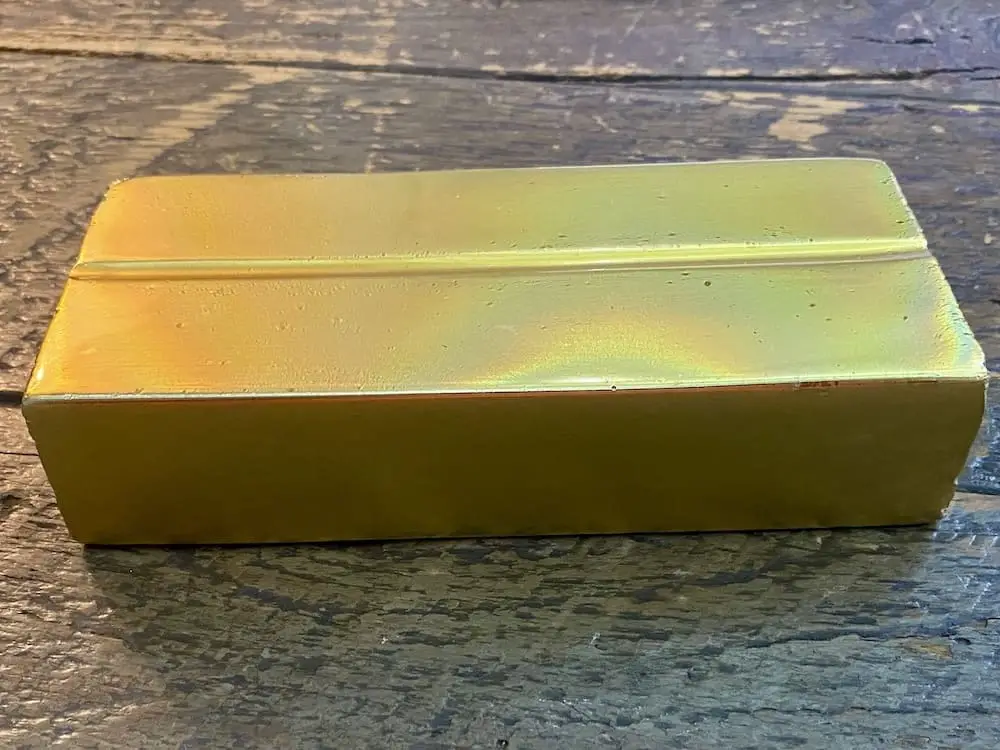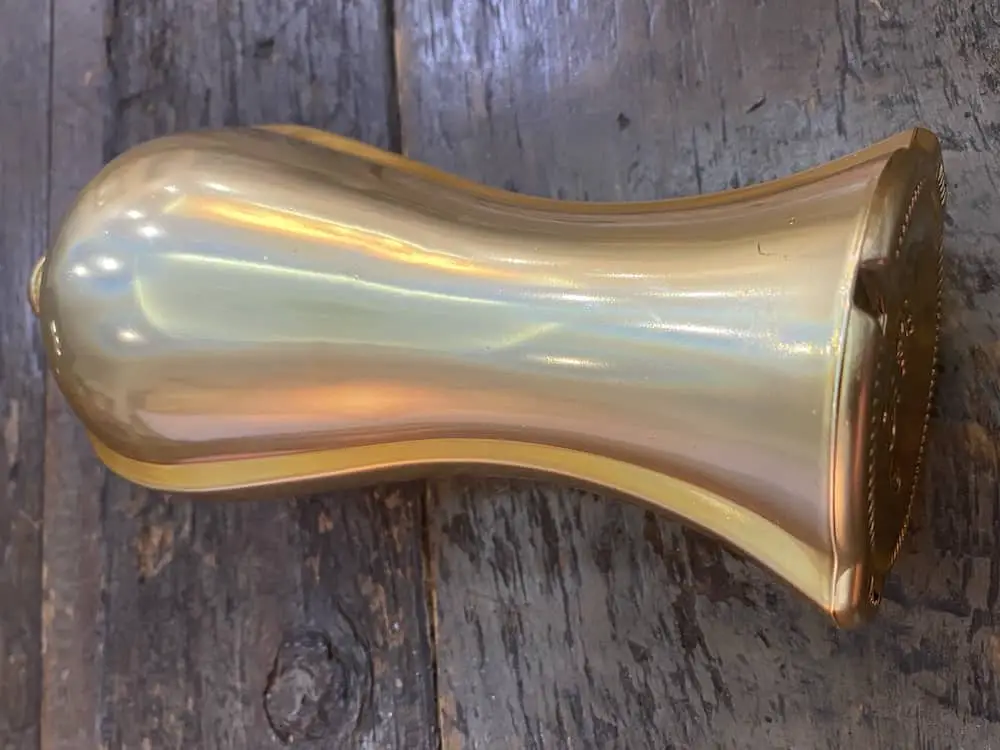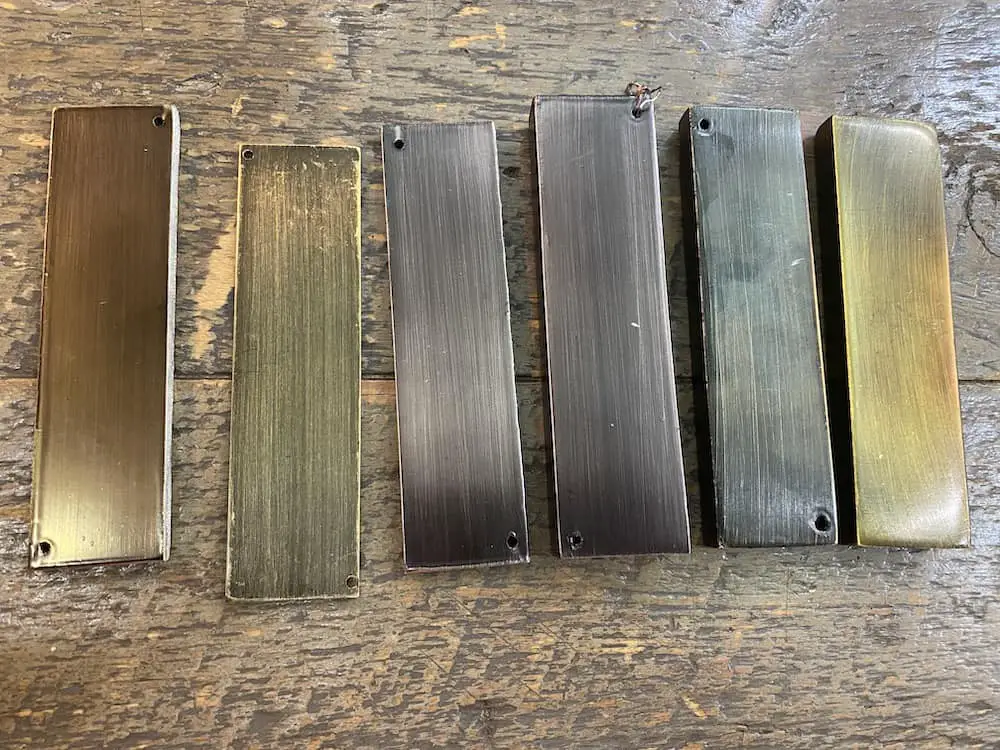Many people are talking about a new kind of paint called Nano paint. Nano paint is a very tough surface coat that can give your surface a lot of durability.
Nano paint, a liquid application sprayed onto surfaces and hardened through heating, offers a unique blend of fragility and durability. Despite its delicate nature, the Nano surface boasts remarkable toughness, making it an exceptional choice for both home decor and product development in home furnishing. Explore the versatility and resilience of Nano paint as it transforms your living spaces with its unmatched quality and lasting appeal.
Table of Contents
- What Is The Nano Paint Coating?
- How Does Nano Paint Work?
- How Long Does the Nano Paint Coating Last?
- 10 Reasons to Choose Nano Paint: Revolutionizing Home Decor and Furnishings
- Frequently Asked Questions
- Related Questions

What Is The Nano Paint Coating?
The Nano paint coating is a liquid paint that can be sprayed on any surface. It is then heated to harden and dry. Nano paints can be put on almost any surface and offer an extremely hardened paint topcoat.
A more technical term for a Nano paint is:
“Nano paint is a coating that can modify the properties of a surface or substance according to user-defined parameters. Like ordinary paint, nano paint is applied as a liquid and then hardens. The liquid contains a suspension of microscopic particles called nanotubes that alter their behavior as external conditions change or when a specific command is given.”
Tech Target
Nano paint may look similar to a PVD coating, but it is not the same as a PVD coating. PVD coatings can also be applied to various materials, but Nano paint allows you to apply the paint to more surfaces than a PVD coating. A PVD coating is usually applied to stainless steel.
To learn more about PVD coatings, read our blog on What is the PVD Stainless Steel Coating Used On Home Decor Products? by clicking here.

How Does Nano Paint Work?
Nano paint is a very tough surface paint because the particles will form a coating and bond with the surface after applying the nano paint.
When Nano paint is applied, it takes the properties of other paints, and then the Nano will form a very thin yet invisible surface application. This top surface cannot be seen with the naked eye, but you can only see the top coating under very high magnification. This is one of the remarkable things about the Nano paint: the Nano coating is very thin yet extremely durable.
Here is a diagram to show how Nano paint works and is applied to a surface:


Some properties of Nano paint:
- Nano Paint develops a strong chemical connection to the surface, giving you a tough surface area.
- If the surface is porous, such as a brick, the nano paint will fill up the pores so that the top surface will be smooth and not porous. This also has the added benefit of helping ensure that a once-rough surface is smooth.
- Dirt or liquids will not stay on the surface but will roll off a surface with Nano paint.
- Things such as fungus, lichen, algae, and moss can no longer adhere to a surface when nano paint is applied. This helps give it some added benefits when the application is put on it.

How Long Does the Nano Paint Coating Last?
How long the Nano paint coating will last depends on where and how it is used. For example, some people use Nano paint on their cars and other surfaces. This means the paints are always exposed to the natural outdoor elements, so most paint suppliers say the Nano paint coating will last 2 to 3 years.
This makes sense as Nano paint coatings are exposed to the natural outdoor elements, as most paints will only last for a certain period. But if the paint is used indoors on something as a handle or hinge, it should last much longer.
Nano paint is a tough top coat surface that should last long, mainly if used for home decor product development.
Uses Nano Paint in Home Decor and Home Furnishing Industry
As Nano paint can be used on so many surfaces, in fact, more surfaces than with the PVD Stainless Steel finish, this ensures that Nano paint can be used on a variety of items for the home decor and home furnishing industry.
We have outlined for you some of the basic uses for Nano paint that we see in the home decor and home furniture industry:
Table and Furniture Bases
As Nano paint can be applied to metal, wood, or a host of other materials, it is very easy to use this kind of paint coating on all kinds of tables and furniture bases. This is a very good coating to use as it is extremely durable. This would include using it on even chair bases or chair legs.
Mirror Frames and Wall Art
The Nano paint finish could be made into a mirror frame or a wall art piece. As it can be painted on MDF, Wood, ceramic, resin, or metal, you would not be limited to what kinds of shapes you can do.
Lamps and Lighting
Nano paint can be used on lamps, lighting, and lighting parts.
Home Decor Accessory Items
As the nano paint is so versatile, it can also be used on a variety of home decor accessory items
Hardware and parts
Nano paint would also do well on things like hardware parts for all kinds of home decor and home furniture items.
We like these Nano paints. Not only is it versatile, so it has a lot of uses for the home decor and home furniture industry, but we also feel like it is an excellent paint to use for all kinds of home decor and home furnishing product development.
10 Reasons to Choose Nano Paint: Revolutionizing Home Decor and Furnishings
In the world of paints, innovation is the game’s name, and Nano Paint is the latest player that’s changing how we approach home decor and furnishing. With advancements in nanotechnology,
Nano paint brings to the table an array of features that traditional paints might find challenging to match.
Here are ten compelling reasons to consider Nano paint for your next home decor or furniture project.
Superior Adhesion
Thanks to the microscopic particles, Nano paint adheres to surfaces better than traditional paints. This ensures a smooth, long-lasting finish that’s particularly beneficial for furniture that experiences regular wear and tear.
Enhanced Durability
Nano paint is known for its exceptional durability. Its resistant nature means less chipping, cracking, or peeling, ensuring that your walls and furniture remain pristine for longer.
UV Resistance
Protect your interiors from the harsh rays of the sun. Nano paint offers enhanced UV resistance, which ensures that the color doesn’t fade quickly, maintaining the vibrancy of your decor.
Eco-friendly Option
Many nano paints are formulated to be environmentally friendly and have low VOCs (Volatile organic compounds). This means a healthier indoor environment for you and less harm to our planet.
Self-cleaning Capabilities
Some Nano paints come with self-cleaning features. The nanoparticles break down dirt and organic materials upon contact, which can be a game-changer for exterior walls or frequently used furniture.
Improved Coverage
A little goes a long way with Nano Paint. Due to its fine particles, it offers better coverage, often requiring fewer coats than conventional paints.
Moisture Resistance
For areas in the home that are prone to humidity, like bathrooms or kitchens, Nano paint offers superior moisture resistance, ensuring your walls and furniture remain free from dampness-related issues.
Versatile Finishes
Whether you’re looking for a glossy, matte, or satin finish, Nano paint offers a variety of finishes to suit your aesthetic needs, giving you the flexibility to achieve the desired look.
Easy Maintenance
Stains are a thing of the past! With its unique composition, many Nano paints repel liquids, making cleaning up spills or marks a breeze.
Innovative Colors and Textures
With the evolution of nanotechnology, Nano paint brands offer an array of innovative colors and textures, allowing homeowners to create truly unique spaces.
If you want to give your home or furniture a fresh, durable, and innovative finish, Nano paint might be the answer. Its advanced features and environmentally friendly properties make it an ideal choice for the modern homeowner.
So, the next time you think of redecorating, think Nano — for a sleek, lasting, and eco-friendly touch.
Find out more about how Mondoro can help you create, develop, and manufacture excellent home decor and furniture products – don’t hesitate to contact me, Anita. Check out my email by clicking here or become a part of our community and join our newsletter by clicking here.
Mondoro gives out a FREE Lookbook to anyone interested. You can receive a copy of our latest Lookbook by clicking here.
Listen to our Podcast called Global Trade Gal. You can find it on all major podcast platforms. Try out listening to one of our podcasts by clicking here.
Subscribe to our Mondoro Company Limited YouTube Channel filled with great videos and information by clicking here.
Frequently Asked Questions
What is nano paint?
Nano paint is a type of paint incorporating nanotechnology, utilizing nanoparticles to enhance its performance and properties.
How does nano paint differ from traditional paint?
Nano paint contains nanoparticles that provide unique properties such as increased durability, better adhesion, improved resistance to scratches and stains, and enhanced UV protection compared to traditional paint.
What are the benefits of using nano paint?
Some benefits of nano paint include increased longevity, improved weather resistance, better color retention, enhanced self-cleaning properties, and reduced maintenance requirements.
How does nano paint achieve self-cleaning properties?
Nano paint coatings often have a hydrophobic or superhydrophobic nature, allowing water droplets to roll off the surface and take away dirt and contaminants, resulting in a self-cleaning effect.
Can nano paint be used on various surfaces?
Yes, nano paint can be applied to a wide range of surfaces, including metals, plastics, wood, concrete, and even glass, providing protection and improved aesthetics.
Does nano paint require special application techniques?
Nano paint can be applied using standard painting techniques such as brushing, rolling, or spraying. However, some manufacturers may recommend specific application methods to achieve optimal results.
Does nano paint offer protection against corrosion?
Yes, nano paint coatings can provide excellent corrosion resistance by forming a protective barrier on the surface, preventing moisture and corrosive substances from reaching the underlying material.
Can nano paint be used for automotive applications?
Yes, nano paint is commonly used in the automotive industry to enhance vehicle exteriors’ durability, gloss, and scratch resistance, resulting in a longer-lasting and more visually appealing finish.
Is nano paint more expensive than traditional paint?
Nano paint coatings can be more expensive than traditional paint due to the additional cost of incorporating nanotechnology. However, the increased durability and extended lifespan may offset the initial investment.
Where can I purchase nano paint?
Nano paint coatings can be purchased from various sources, including specialized paint stores, online retailers, and directly from manufacturers. It is advisable to consult with professionals or suppliers to ensure you select the right product for your specific needs
Related Questions
How Does The Firing Temperature Affect Ceramics Production?
If a piece of ceramic or porcelain is not fired at the correct temperature, it will make a huge difference in the final product’s outcome. It is also essential that the correct kiln is used for the ceramic production process. Many things must be considered when using a kiln to fire ceramics or porcelain. Many things can cause the ceramic or porcelain production to fail or crack during the firing process.
To find out more, you can read our blog on How Does The Firing Temperature Affect Ceramics Production? by clicking here.
What is Outdoor Lightweight Concrete?
Lightweight outdoor concrete is mixed using cement and coconut fiber dust. Coconut coir dust is a natural material made from coconut shells. As coconut shells are usually agricultural waste, this product is considered an upcycled material. Lightweight concrete has strength and toughness and is relatively crack-free, so it can be used in a variety of home decor and furnishing products.
To discover more about lightweight concrete, you can read our blog Outdoor Lightweight Concrete Furniture, All You Need To Know by clicking here,


